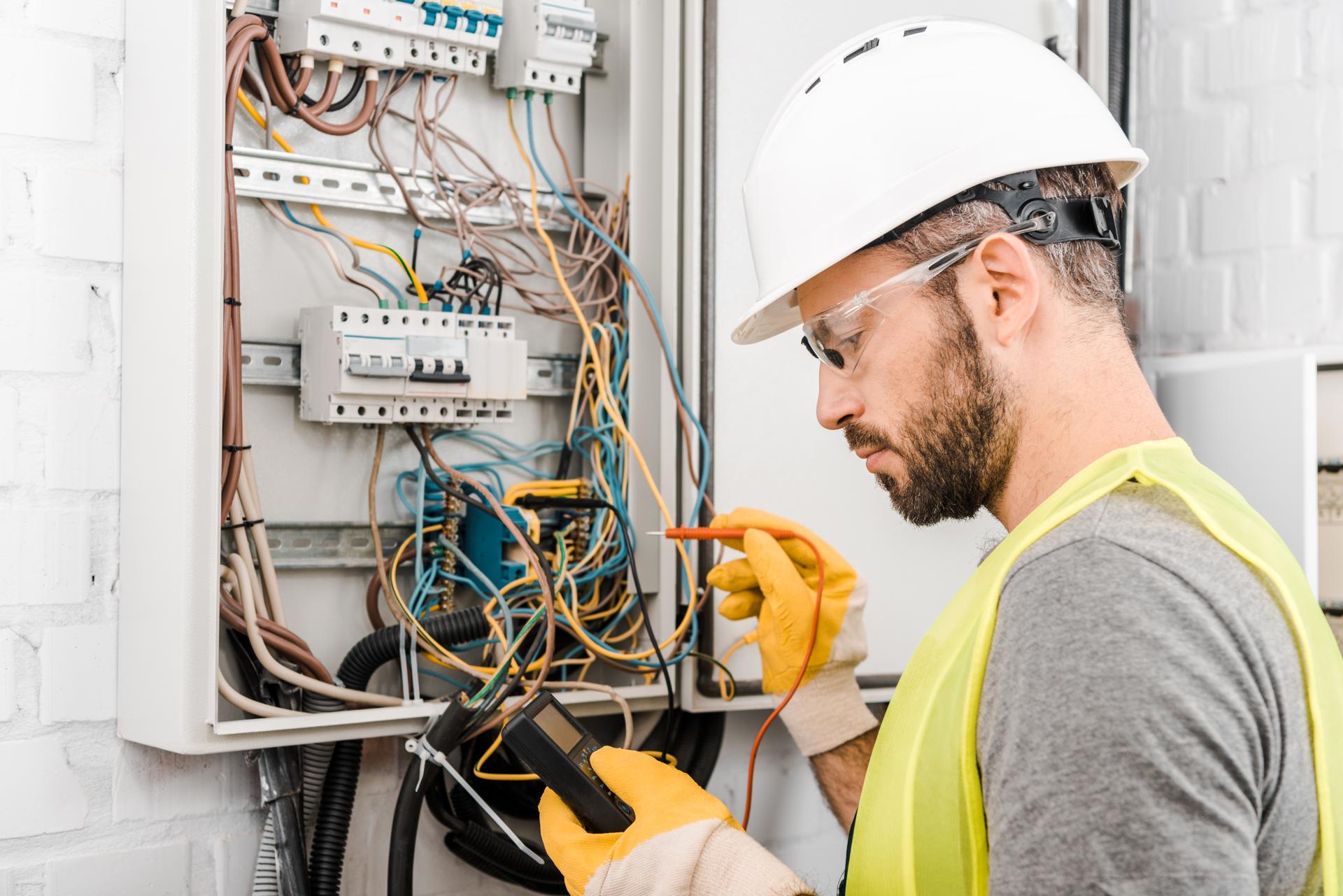What You Need to Know About Electrical Wiring in Your Home: A Primer

Electricity is an essential component of our lives, supplying everything from the lighting in our homes to the appliances we use on a daily basis. However, electrical systems can be complex, making it difficult to understand how they operate can be challenging. In this guide, we’ll break down the elements in an electrical circuit and explain how circuits work to power devices and appliances. Our residential electricians can handle any electrical jobs you need.
Components of an Electrical System
An electrical system is comprised of several important components that work to supply power to the home. They include:
Breaker box is the central distribution point for electric power in homes that is where electricity is divided into different circuits
Switches and outlets: the places where electricity is delivered to devices and appliances
Wiring: the wires that transport electricity from the breaker box, to the outlets and switches
Electric appliances, devices and equipment: the devices and appliances that use electricity for their functions.
Electrical Circuits
An electrical circuit is one which allows electricity to flow from the source (the breaker box) to appliances and devices within the home. There are two kinds of electrical circuits found in a home that are 120-volt and 240-volt circuits. 120-volt circuits are used to power most household appliances and appliances, whereas the 240-volt circuits are utilized for larger appliances like air conditioners and electric dryers.
Electrical circuits function by creating a loop that allows electricity to flow from the source into the device or appliance. The loop is made up of a hot cable that is the conduit for electricity and a neutral wire which completes the circuit as well as the ground wire which provides the pathway for the electricity to get to the ground in the event there is a problem.
Understanding the electrical Wiring
Electrical wiring is available in a variety of different kinds, including non-metallic sheathed cables (NM) as well as armored cables (AC), and conduit. Each type comes with its own pros and drawbacks, and the choice of the type of wiring is based on the particular requirements that the location requires.
Electricity travels through wiring through a flow of electrons in the wire. The electrons flow through the wire from source, to appliance or device and then back to the source via the neutral wire. It’s essential to ensure that the wiring is installed and maintained correctly, as improper wiring can cause electrical hazards such as shocks or fires.
Common Electrical Issues
Some common electrical problems at home include tripping light bulbs, flickering breakers and disconnected outlets. The causes of these issues could be by a myriad of causes that include overloading circuits, loose connections, and faulty wiring.
If you experience any of these issues, it’s crucial to pinpoint the cause and take appropriate action to fix the problem. In some instances this could mean contacting an authorized electrician to examine and fix the wiring.
Conclusion as well as a Call to Action
In the end, knowing the way electrical wiring functions is crucial for ensuring the security and reliability of your home’s electrical system. By following the guidelines outlined in this document to stay safe and prevent potential hazards.
If you have any concerns or questions about your home’s electrical system Don’t hesitate to reach out to Local Electrician Narellan. Our team of licensed electricians has the experience and knowledge to address all of your electrical needs. Contact us at 0488 822 773 to schedule a consultation.
FAQ
What are the symptoms of faulty electrical wiring?
The signs of an electrical wiring issue could include tripping breakers flickering lights, and dead outlets, to name a few.
When should I schedule the electrical system of my house checked?
It’s recommended that you get your home’s electrical system inspected by an accredited electrician at least every 10 years.
What is the lifespan of electrical wiring?
The lifespan of electrical wiring is based on several factors, including the kind of wiring used, the location it’s located in, and the standard of the installation. The majority of electrical wiring can last as long as thirty years, or even more with correct installation and care.
Can I fix electrical problems myself , or do I need to employ an electrician?
While some electrical problems can be fixed by homeowners, it is advised that you employ an experienced electrician to complete most electrical repairs. Attempting to fix electrical problems without proper training and expertise is risky and could cause injuries or damages in your house.
What should I do if I have an electrical issue within my home?
In the event of an electrical issue first thing to do is to cut off power to the affected area by shutting off the fuse or breaker. Then, contact a licensed electrician to look into and fix the issue as soon as you can.
By following these guidelines, you can ensure the safety and reliability of your home’s electrical system and prevent potential hazards. Remember, when it comes to electrical repairs as well as installations, it’s best to trust the experts. Call Local Electrician Narellan at 0488 822 773 to discuss all of your electrical requirements.
